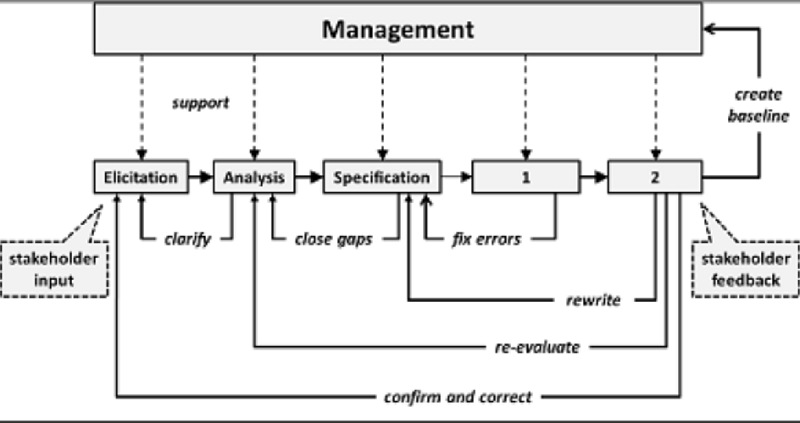Software Engineering - First Partial
{"name":"Software Engineering - First Partial", "url":"https://www.quiz-maker.com/QPREVIEW","txt":"Test your knowledge of software engineering concepts with this comprehensive quiz designed for students and professionals alike. Whether you are preparing for a certification or simply want to refresh your understanding of software requirements, this quiz offers challenging questions to help you gauge your expertise.Multiple choice formatCovers key software engineering topicsAssess your understanding of requirements, prototyping, and validation","img":"https:/images/course7.png"}
More Quizzes
Chose
593076
12 Development Methodologies
15851
Alegeri ptr cluj
520
Does Your Business Need EPLI Coverage? Answer these 6 questions to find out!
630
Which Demon Slayer Butterfly Girl Are You? Free
201018428
Generation Jones - Test Your Knowledge
201021945
Logistics: Test Your Supply Chain Knowledge
201017862
Journey Trivia - How Well Do You Know the Band?
201030419
Healthy Eating - Find Out If You Eat Right
201018428
Spanish-American War - Free U.S. History Practice
201018428
Name the Superhero - Can You Name Them All?
201018775
Is My Breakup Temporary - Free, Instant Results
201021945

